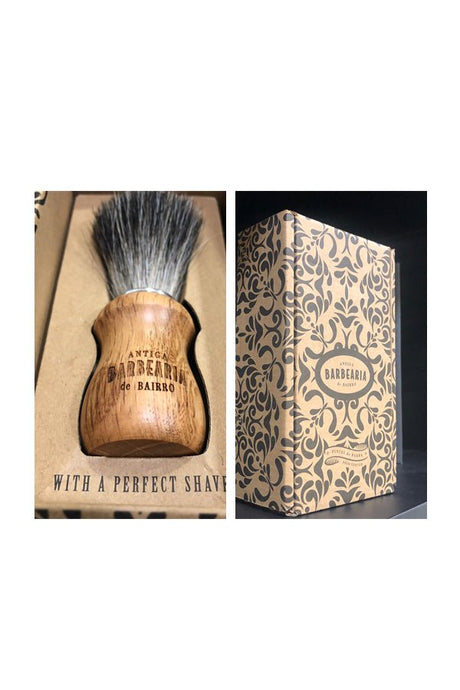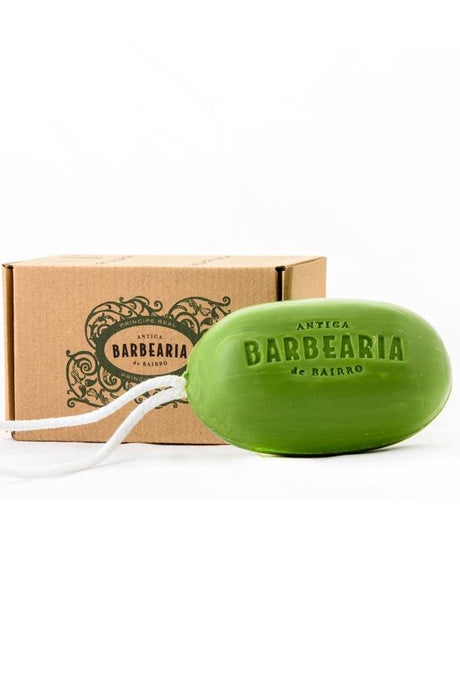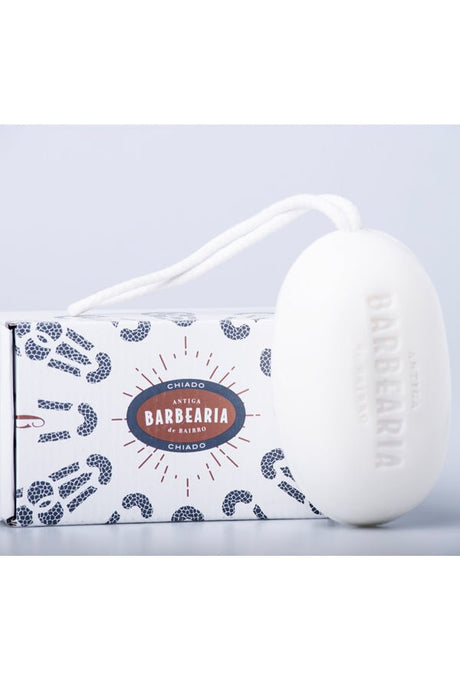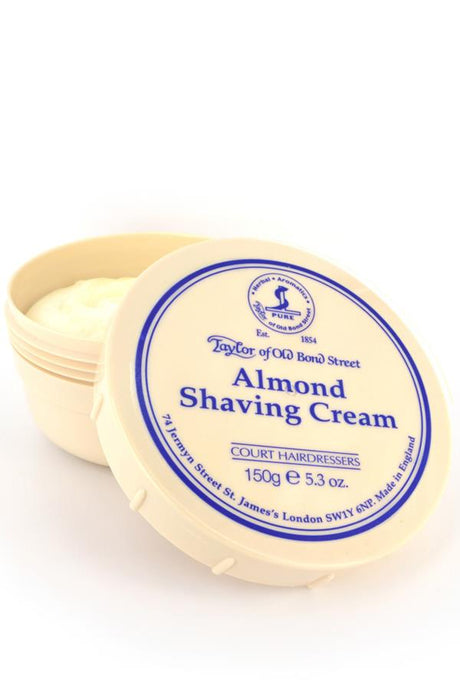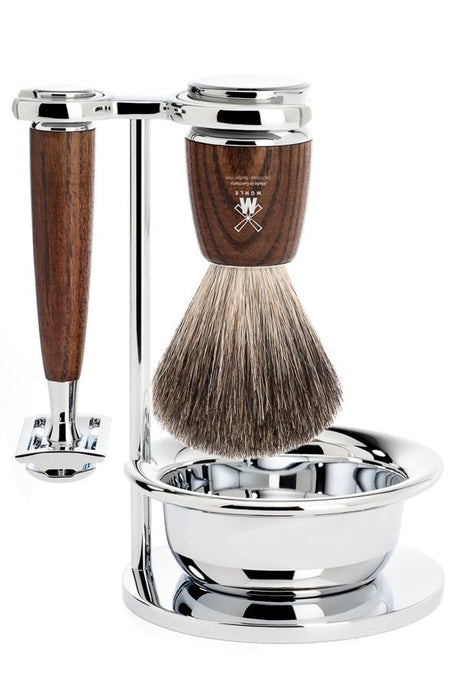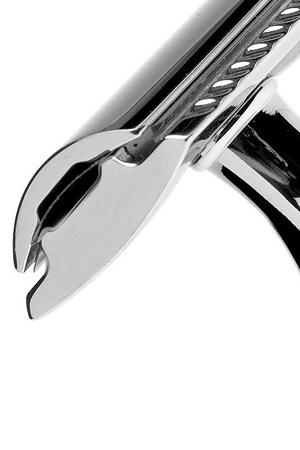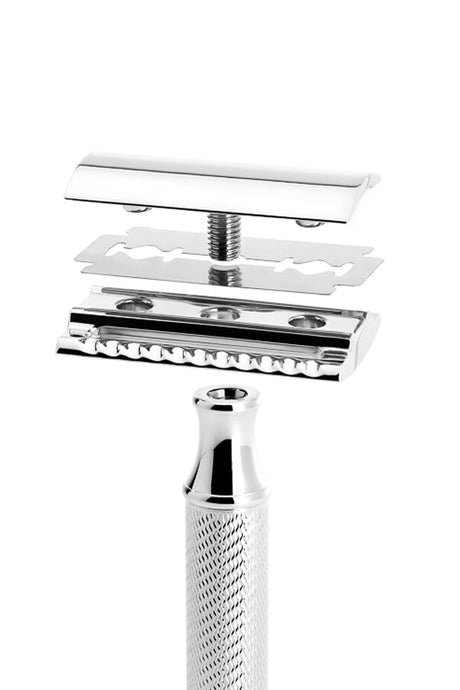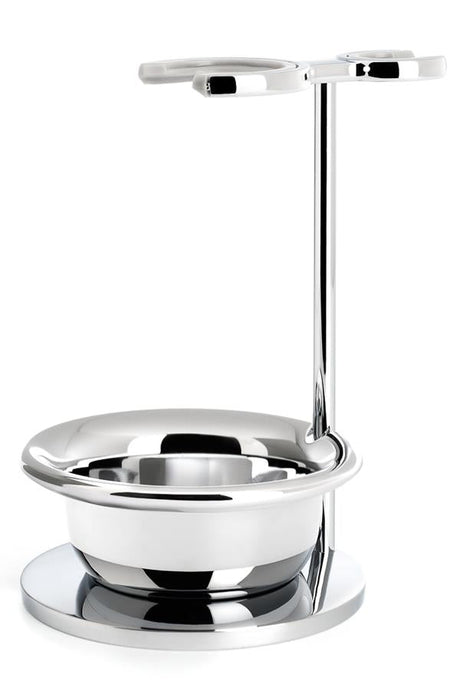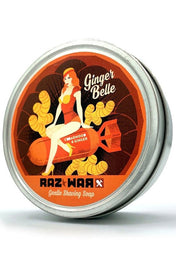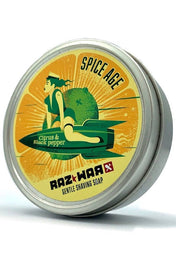What are the causes of razor burn?
Nowadays men have to show their feelings. At Manandshaving.nl we don't do that. For us, it is all about a comfortable, pleasant, fresh and smooth shave. Regardless of whether you have normal or sensitive skin. Many men have sensitive skin. Shaving can cause annoying skin irritations, such as razor bumps, ingrown beard hairs or a dry, chapped and tight feeling after shaving.
There are 3 causes of the most common razor burns during or after shaving:
- Your own shaving technique, such as shaving too roughly, too often, putting too much pressure on the skin, etc.
- The wrong shaving product, for example ready-made shaving cream, cheap shaving soap, perfumed shaving soap and alcohol-containing aftershave
- The type of razor, for example the 3- or 5-blade cartridge razor blades
How do I prevent razor burn?
The most common shaving or skin irritations are:
- Ingrown beard hairs
- Razor bumps
- Dry chapped and tight skin
- Red spots and burning sensation
- Dry flaky skin
- Shaving wounds
- Allergic reactions, such as eczema and itching
The causes of razor burn are of course different for everyone. What works very well for one person may be counterproductive for another. Your shaving irritation obviously has to do with your type of skin and beard. Below is an overview of tips to prevent persistent and irritating razor burn. As you know from us: 'You don't have to do anything.' We do not intend for the overview to be complete, but there may be some useful tips for you.
| Tip | Heavy beard growth | Dry skin | Fat skin | Sensitive skin | Ingrown beard hairs |
| Clean with a pH-neutral cleaning gel instead of regular hand soap. | √ | √ | √ | ||
| Cleanse the skin with an exfoliating cleansing gel or scrub gel once or twice a week. Do not do this too often and not immediately before or after shaving. | √ | ||||
| Do not shave with a blunt razor. | √ | √ | √ | √ | √ |
| Always shave with a clean razor. | √ | √ | √ | √ | √ |
| Do not put too much pressure on the razor while shaving. | √ | √ | √ | ||
| Take your time, shave with light and gentle movements. | √ | ||||
| Shave with a safety razor , straight razor or shavette razor . | √ | √ | √ | √ | |
| Shave with a safety razor with a closed comb . | √ | √ | |||
| Shave with a safety razor with an open tooth comb . | √ | ||||
| Only use unscented, hypoallergenic or paraben-free shaving products . | √ | ||||
| Always use a pre-shave cream or oil before shaving. | √ | √ | √ | ||
| Use a classic shaving soap or shaving cream instead of ready-made shaving foam, shaving gel or shaving oil | √ | √ | √ | √ | |
| Lather the shaving soap or shaving cream on the face for at least 1 minute with warm water and a shaving brush . | √ | √ | √ | √ | |
| Do not shave beard hairs too short. | √ | ||||
| Only shave in the direction of growth of the beard hairs. | √ | √ | √ | ||
| First shave in the direction of the hair growth. Apply shaving foam again and shave against the direction of hair growth. | √ | ||||
| With one hand, stretch the skin while shaving. | √ | ||||
| After shaving, use an alum block . | √ | √ | |||
| After shaving, use an alcohol after shave splash and alum block. | √ | ||||
| Soothe the skin with an after shave balm . | √ | √ | |||
| Soothe the skin with an unscented after shave balm. | √ | √ | |||
| Soothe the skin with talcum powder after the after shave balm. | √ | √ | √ | ||
| Use a moisturizer (hydrating cream) after the after shave balm | √ | ||||
| Use an oil-absorbing moisturizer . | √ | ||||
| Do not use alcohol-containing after shave on freshly shaved skin. | √ | √ | |||
| Before or after shaving, use a special exfoliating cream or gel that prevents ingrown beard hairs | √ |



